A Story Of Two Calendars: Navigating 2025 In The Jewish And Gregorian Methods
A Story of Two Calendars: Navigating 2025 within the Jewish and Gregorian Methods
Associated Articles: A Story of Two Calendars: Navigating 2025 within the Jewish and Gregorian Methods
Introduction
On this auspicious event, we’re delighted to delve into the intriguing subject associated to A Story of Two Calendars: Navigating 2025 within the Jewish and Gregorian Methods. Let’s weave attention-grabbing info and provide contemporary views to the readers.
Desk of Content material
A Story of Two Calendars: Navigating 2025 within the Jewish and Gregorian Methods

The 12 months 2025 is quickly approaching, a 12 months marked by the standard rhythms of life ruled by the Gregorian calendar, the internationally accepted civil calendar. Nevertheless, for tens of millions of Jews around the globe, 2025 will unfold alongside a definite rhythm dictated by the Jewish calendar, a system steeped in historical past, non secular observance, and a novel connection to the lunar cycle. Understanding the variations and interaction between these two calendars is essential for appreciating the wealthy tapestry of Jewish life and its intersection with the broader world neighborhood.
The Gregorian calendar, named after Pope Gregory XIII who launched it in 1582, is a photo voltaic calendar. Its 12 months relies on the Earth’s revolution across the solar, comprising roughly twelve months, with leap years added each 4 years to account for the fractional discrepancy. Its simplicity and widespread adoption make it the spine of worldwide commerce, governance, and every day life. The Gregorian calendar’s linearity and predictable construction provide a framework for planning and scheduling that’s universally understood.
The Jewish calendar, nevertheless, is a lunisolar calendar, which means it incorporates each lunar months and photo voltaic years. A lunar month, primarily based on the moon’s cycle, is roughly 29.5 days lengthy. Nevertheless, the lunar 12 months, comprising twelve lunar months, falls in need of a photo voltaic 12 months by roughly 11 days. To reconcile this discrepancy and keep alignment with the seasons, the Jewish calendar employs a system of intercalary months, including a thirteenth month (Adar II) seven instances each nineteen years. This ingenious system ensures that main Jewish holidays, like Passover and Sukkot, stay according to the agricultural seasons, a vital facet of their non secular significance.
2025 within the Gregorian Calendar: 2025 shall be an ordinary Gregorian 12 months, with twelve months, starting on Wednesday, January 1st, and ending on Thursday, December thirty first. This can be a comparatively simple 12 months when it comes to its construction and predictability.
2025 within the Jewish Calendar: 2025 within the Jewish calendar corresponds to the 12 months 5785–5786. The Jewish 12 months begins within the autumn, sometimes round September or October of the Gregorian calendar. The precise dates shift yearly because of the lunisolar nature of the calendar. In 2025, the Jewish 12 months 5785 will conclude, and 5786 will start. This transition shall be marked by the Excessive Holy Days (Rosh Hashanah and Yom Kippur), which fall within the autumn of 2025 in accordance with the Gregorian calendar. The particular dates for these and different Jewish holidays in 2025 shall be decided by the Hebrew calendar calculations, that are advanced and depend on astronomical observations and conventional calculations.
Key Variations and Implications:
The elemental distinction between the 2 calendars – photo voltaic versus lunisolar – results in a number of important implications:
-
Date Discrepancies: The obvious distinction is the discrepancy in dates. A particular date on the Gregorian calendar won’t correspond to the identical date on the Jewish calendar. This requires cautious conversion when scheduling occasions or planning actions that contain people observing each calendars.
-
Transferring Holidays: Jewish holidays are usually not fastened on the Gregorian calendar. Their dates shift yearly, primarily based on the lunar cycle and the intercalation system. This dynamism is an integral a part of Jewish life, including a layer of fluidity and anticipation to the non secular 12 months.
-
Spiritual Observance: The Jewish calendar dictates the timing of spiritual observances, together with Shabbat (the Sabbath), festivals, and quick days. These observances profoundly affect the every day lives of observant Jews, influencing their work schedules, social engagements, and dietary practices.
-
Agricultural Significance: The unique design of the Jewish calendar was carefully tied to the agricultural cycle of the land of Israel. The timing of holidays, corresponding to Passover (celebrating the exodus from Egypt and the spring harvest) and Sukkot (celebrating the autumn harvest), displays this historic connection.
-
Cultural Identification: The Jewish calendar serves as a strong image of Jewish identification and continuity. Its distinctive construction and the meticulous calculations required to find out its dates reinforce a way of shared historical past and custom amongst Jewish communities worldwide.
Challenges and Issues:
The coexistence of two calendar techniques can current challenges, significantly in trendy society:
-
Scheduling Conflicts: Reconciling the dates of Jewish holidays with secular occasions, corresponding to work schedules or college calendars, may be advanced, significantly in multi-faith environments.
-
Worldwide Communication: Clear communication and understanding of each calendar techniques are important for seamless worldwide collaborations and interactions involving people who observe each calendars.
-
Technological Adaptation: Calendar software program and purposes want to include each Gregorian and Jewish calendar techniques to cater to the varied wants of their customers.
Conclusion:
The 12 months 2025 will unfold in another way for these following the Gregorian and Jewish calendars. Whereas the Gregorian calendar supplies a universally understood framework for secular life, the Jewish calendar presents a wealthy tapestry of spiritual and cultural significance, deeply interwoven with the lunar cycle and the historic expertise of the Jewish folks. Understanding the intricacies of each techniques is essential for fostering mutual respect, efficient communication, and a deeper appreciation for the varied rhythms of life that form our world. As we transfer into 2025, recognizing and celebrating the distinctive views provided by each calendars enriches our understanding of time, custom, and the multifaceted nature of human expertise. The interaction between these two calendars serves as a potent reminder of the varied methods during which humanity measures and experiences the passage of time, reflecting each the universality of human expertise and the distinctive richness of particular person cultural traditions.


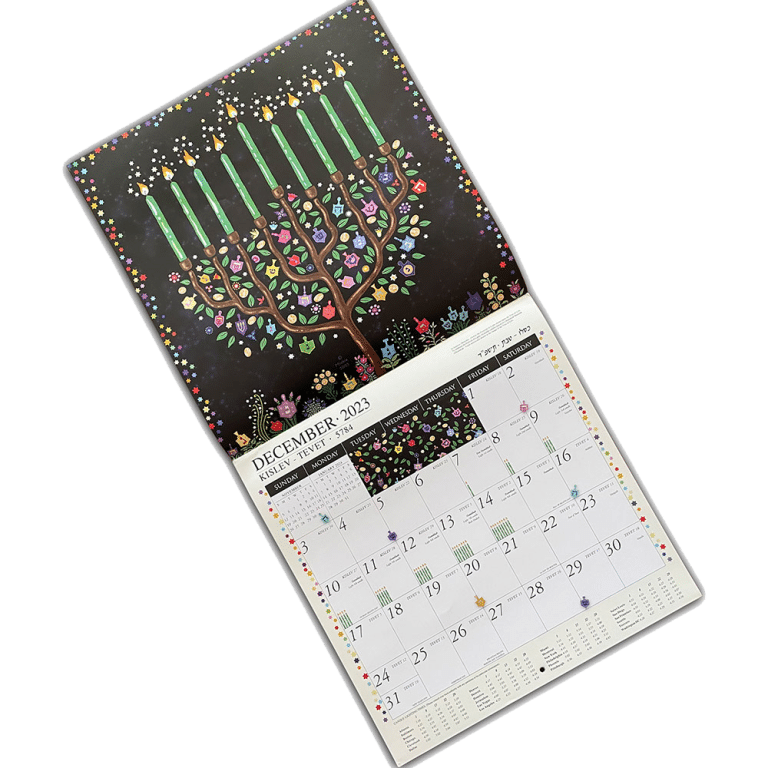
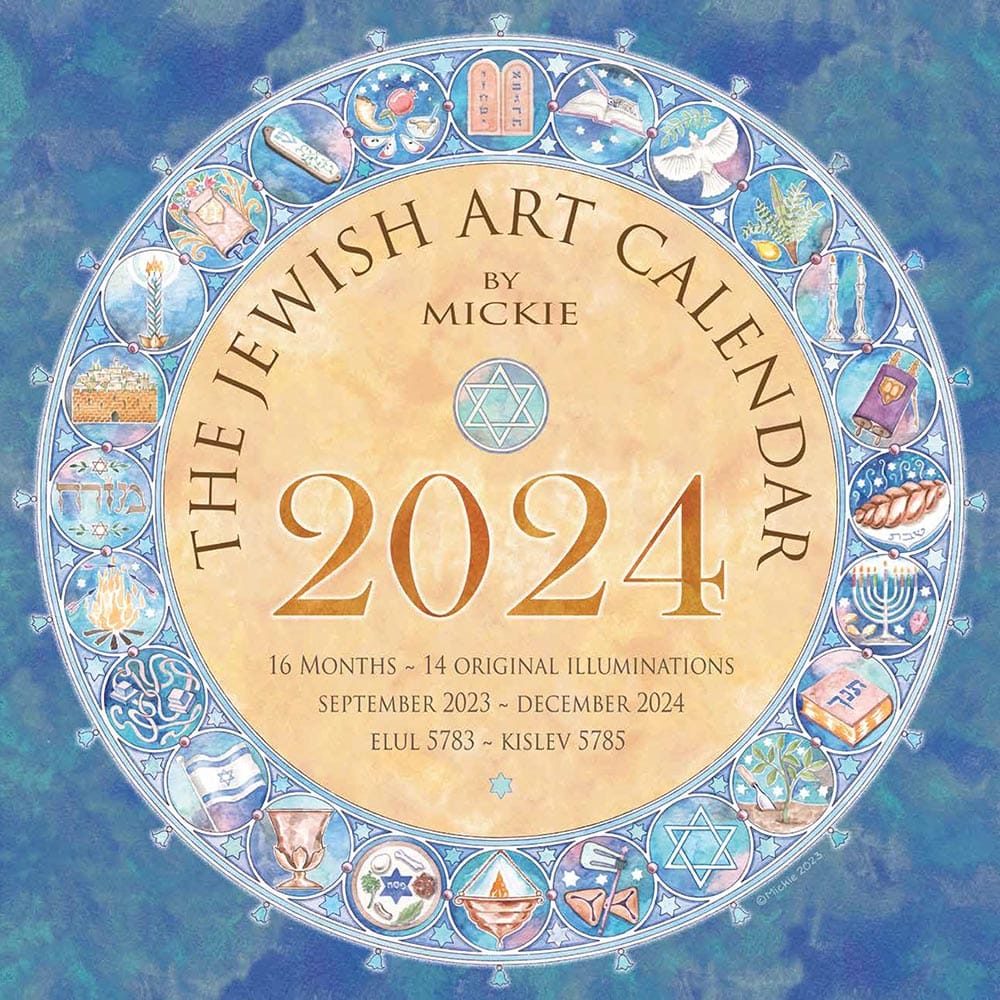

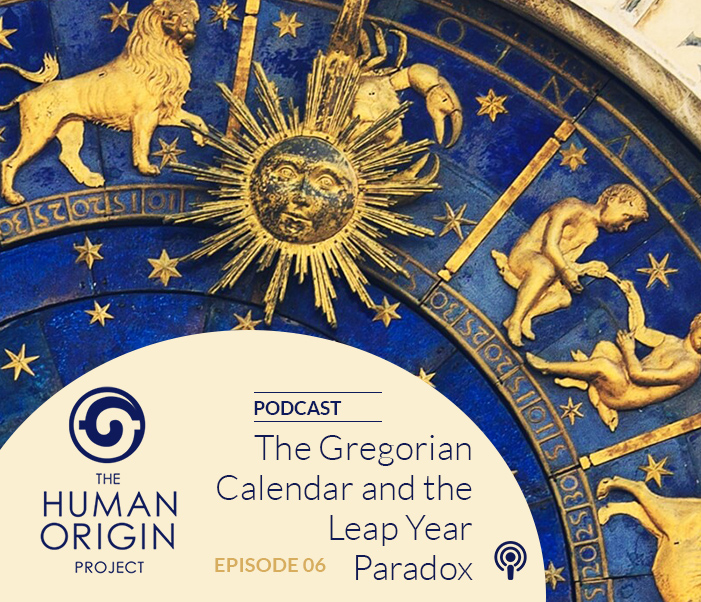
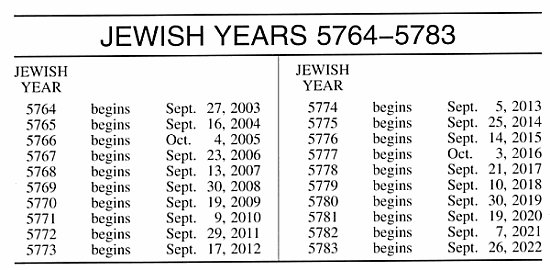
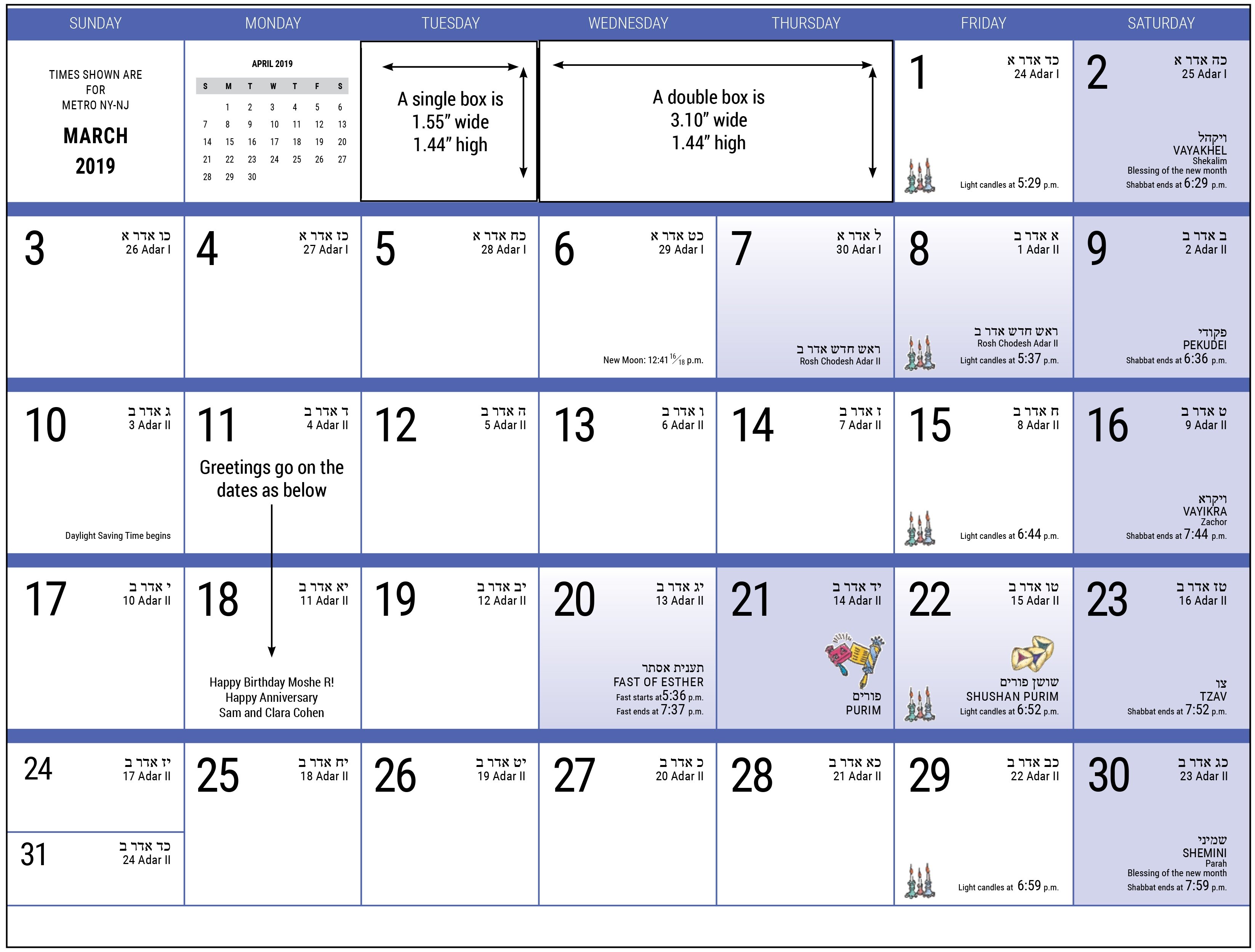
Closure
Thus, we hope this text has offered beneficial insights into A Story of Two Calendars: Navigating 2025 within the Jewish and Gregorian Methods. We hope you discover this text informative and helpful. See you in our subsequent article!